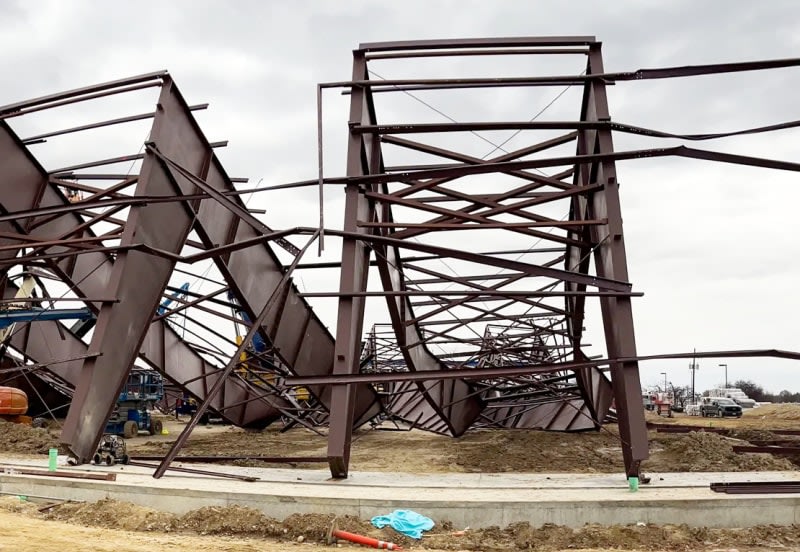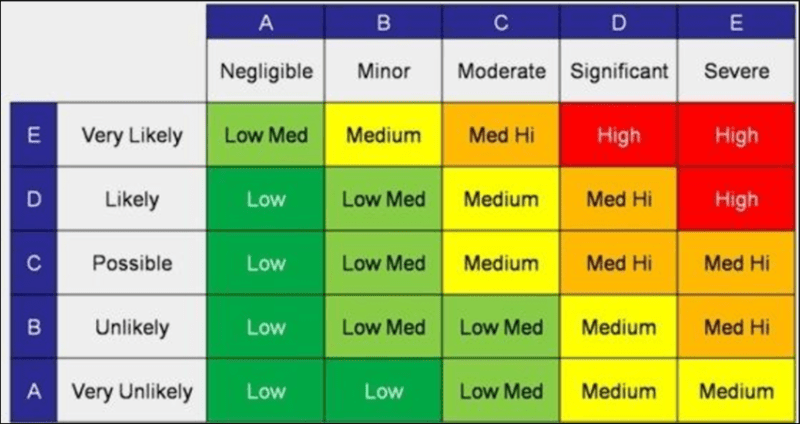So I'm tasked with assessing if a crew of workers can enter a building safely. It's an old industrial PEMB type building (moment frames in one direction, bracing in the other, wind resisting gable ends) and in pretty bad shape, but has stood in place in its current state for probably 25 years.
The crews job will consist of a walkthrough, testing for hazardous materials, and planning for the eventual demolition of the structure. This will probably take about one month.
The building has problems, namely:
-A water ingress issue that is affecting some areas of the slab on grade, and will likely one day cause perimeter foundation damage
-To make room for equipment, someone, years ago removed ALL of the cross bracing. ALL of it. They even removed one bay of roof bracing for some reason.
-Several areas with damaged wind girts, major corrosion, but not stuff likely to cause a stability issue (If this was all that was wrong I'd have no concerns)
-A lot of hazards, post-hoc platform 'designs', dangerous stairs... but all with a load path and very unlikely to be of structural concern.
So of course my brain says, no bracing, no way. A critical component for stability is missing, and entry is at one's own risk.
But I've just spent days in this building and I'm not particularly concerned... so my heart says... well, maybe we can specify that they can't enter under any snow load or when wind speed forecast exceeds, say... 10 kph? Just the first thought to come to mind...
What say you? Is there a way to qualify an answer to let a few scientists and demolition planners enter?
The crews job will consist of a walkthrough, testing for hazardous materials, and planning for the eventual demolition of the structure. This will probably take about one month.
The building has problems, namely:
-A water ingress issue that is affecting some areas of the slab on grade, and will likely one day cause perimeter foundation damage
-To make room for equipment, someone, years ago removed ALL of the cross bracing. ALL of it. They even removed one bay of roof bracing for some reason.
-Several areas with damaged wind girts, major corrosion, but not stuff likely to cause a stability issue (If this was all that was wrong I'd have no concerns)
-A lot of hazards, post-hoc platform 'designs', dangerous stairs... but all with a load path and very unlikely to be of structural concern.
So of course my brain says, no bracing, no way. A critical component for stability is missing, and entry is at one's own risk.
But I've just spent days in this building and I'm not particularly concerned... so my heart says... well, maybe we can specify that they can't enter under any snow load or when wind speed forecast exceeds, say... 10 kph? Just the first thought to come to mind...
What say you? Is there a way to qualify an answer to let a few scientists and demolition planners enter?


